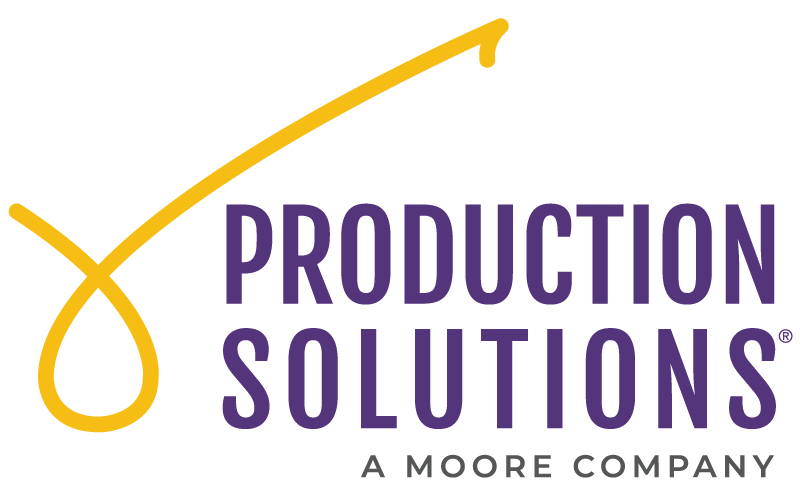Arguing For and Against Lightboxes
 Production Solutions
Production Solutions
“What’s a lightbox?”
That was my reaction when I first heard the term. I’d learned to write code back when they were called modal windows and were used to display warnings and errors. If you haven’t heard the term before, don’t worry, I’m starting a movement to bring it back, while proudly wearing my I Heart Visual Basic t-shirt.
Let’s fast forward to today, where PS Digital has seen (and implemented) our share of lightboxes across countless websites. We often recommend a lightbox as a basic tactic to lift conversion, especially during the year-end giving season. On average, donations via lightboxes contribute 25% – 30% to our clients’ campaign results; and studies from the public broadcasting sector (as well as Unbounce) show that a lightbox can increase conversion by 80% – 100%.
So, a lightbox is a great tactic to interrupt the experience of your website visitors and make an immediate ask. However, if overused, it has its downsides. At PS Digital, here are the questions we ask before recommending or implementing a lightbox:
- What are the benefits and risks?
A lightbox is the digital equivalent of a stop sign on your website. It forces visitors to pause and take an action before continuing to engage. If your site has a large percentage of returning visitors, the lightbox becomes an annoying popup they have to dismiss time and time again, and if overused, it can cause an increase in page bounces. PS Digital uses the following tactics to reduce these risks for our clients:
- Adding a delay to the lightbox. Studies have shown that a delay of 7-9 seconds before a lightbox is displayed can increase conversion and reduce the number of visitors who bounce and exit from the website. The optimal delay for your audience may be different, so remember to test.
- Target the content. Consider displaying a different ask to first time visitors versus repeat visitors. For example, ask first-time visitors for their email, and engage repeat visitors with a quiz or other gamification techniques that can lead to a gift.
- What’s the best visual design?
Make sure your design and campaign strategy have a clear ask and action. Design the lightbox for the mobile experience and find ways to engage your visitor with animation and videos.
Here are a few recent examples the PS Digital team is particularly proud of:
American Rivers
Concern Worldwide, U.S.
Save the Redwoods League
- What do we need to measure and test?
If you want to report on basic statistics such as impressions and clicks, remember that a lightbox doesn’t automatically translate into a Google Analytics report. You need to add inline code to register a Virtual Pageview (You can find code examples for use at Stack Overflow). If you’ve implemented Google Tag Manager, it’s a matter of creating a rule for Virtual Pageviews and the corresponding page tag.
PS Digital has a healthy obsession with metrics. We monitor conversion to ensure the end result provides the intended lift, and that the lightbox doesn’t negatively impact website traffic nor increase page bounces and exits. We also incorporate a number of tests when we begin working with a client to establish baselines and key indicators that inform strategy for the rest of the project.
So, about that dreaded Google Algorithm Penalty… In January 2017, Google released an update that promotes sites with “responsible” use of mobile interstitials. Translation: in order to protect your website’s traffic, consider using a pushdown style lightbox. Especially in the mobile view. And monitor your site’s organic traffic carefully to make sure the use of lightboxes isn’t causing a drop.
After all this, you’re probably asking yourself if a lightbox is worth it. For us, the answer is a resounding yes! When used correctly it can provide great results, but remember that every organization is unique, so monitor your data and watch your bottom line.
Thanks for indulging me in geeking out on one of our favorite tactics. H/T to my PS Digital colleagues Hillary Hamman Kent and Jeph Christoff for their great designs and ideas. If you want to discuss this or anything else about #nptech, drop me a line.







